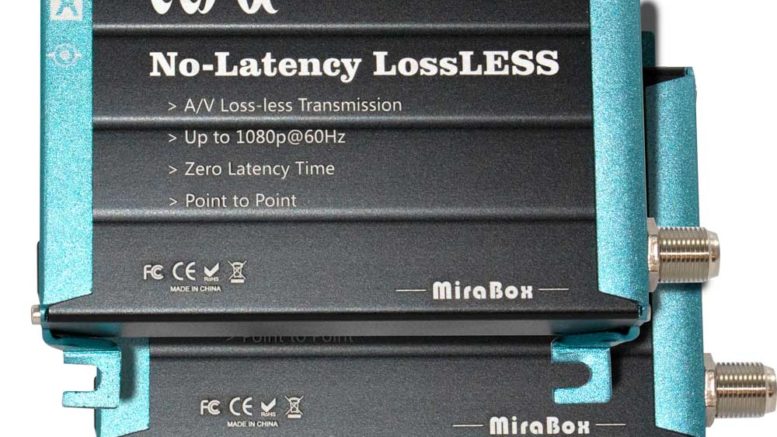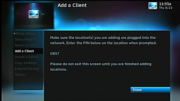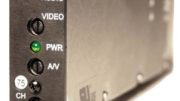Once upon a time there was a device called an RF modulator. Every home had one, usually built into a VCR or game system. The purpose of an RF modulator is to take an SD video signal and put it on channel 2,3, or 4 of your television. You see, kids, there was a time that the only input on a TV was the antenna, and if you wanted to watch something from a newer VCR or DVD player, you needed one of these to make it work.
They were also very nice for getting TV signals from place to place on a single cable. You set it to output on a channel that didn’t come through the TV, used a combiner (even a cheap splitter turned upside down would sometimes work) and voila, you could distribute that video signal all through the house with practically no distance limitation.
That was then, this is now
Today, all signals are digital and most are in high definition. And that creates a problem. High definition RF modulators are incredibly expensive. They don’t have to be, though. If the manufacturers wanted to do it they could make a modulator that was as inexpensive as the old days and it would work with HD channels and your TV’s antenna input. Who’s stopping it? Content providers.
If you were able to modulate a signal and send it over a coax cable, the signal wouldn’t have any copy protection on it. And, that would mean that you could easily capture and make pristine digital copies for you and your 5,000 friends on Instagram (or just post them on YouTube.) That would make it impossible, according to them, to charge for that content and very soon no one would make any TV programs because everyone would be out of business.
Or so, that’s the theory that’s preventing the manufacture of cheap modulators. It’s actually against the law to defeat the copyright protection on any broadcast for the purpose of redistributing it. (At least, that’s what they say on every movie and every sports broadcast.) So, it just isn’t done. Part of the agreement you sign when you get the super-secret specs to making HDMI cables work is that you won’t participate in breaking any copy protection. So they’ve got you where they want you.
The reality of things
The reality of it, though, is it’s not terribly hard to defeat the built-in copy protection on HDMI cables and produce pristine digital copies. It’s not something regular folks would do with the parts they find in their houses, but you can do it if you’re inclined. There are plenty of places that will teach you how, too. This isn’t one of those places, but you can find them if you search.
What about those friendly, copyright-free red/green/blue component cables? Haven’t you noticed that they’ve all but disappeared? It’s not a cost issue really, it’s a deliberate decision, driven by the HDMI Consortium, to try to close that particular loophole. In the last five years, it’s been incredibly successful.
There you have it friends, once again we all suffer because a few video pirates have put the fear into equipment manufacturers. What can you do?
Finally, an answer

The real question here, is how can you distribute a high-definition signal over coaxial cable. Why do you want to do this? There are long-distance HDMI cables, but they’re expensive. Most folks want to do this because they have existing coaxial cable and they want to use it. It sounds like a better choice than spending a lot for a 100′ HDMI cable.
Our answer is this extender kit. It’s not a modulator. A modulator would be very expensive, and this kit isn’t. It’s a way to convert HDMI to coax and back again. The connection from the box, and to the TV, is HDMI. The cable in the middle is coax.
Connection couldn’t be easier. You connect one end to the HDMI and one end to the coax. You plug the adapters into the wall. All you have to do is make sure you’re using the “RX” box connected to the TV and the other box connected to the receiver, streaming box, or whatever is supplying the signal. It “just works.”
This solution is perfect for people with RVs or homes that were pre-wired for cable. It lets you use what you have and makes it easy to install. Why not try it out? It’s a perfect option, and much less expensive than a $2,000 HD modulator.





